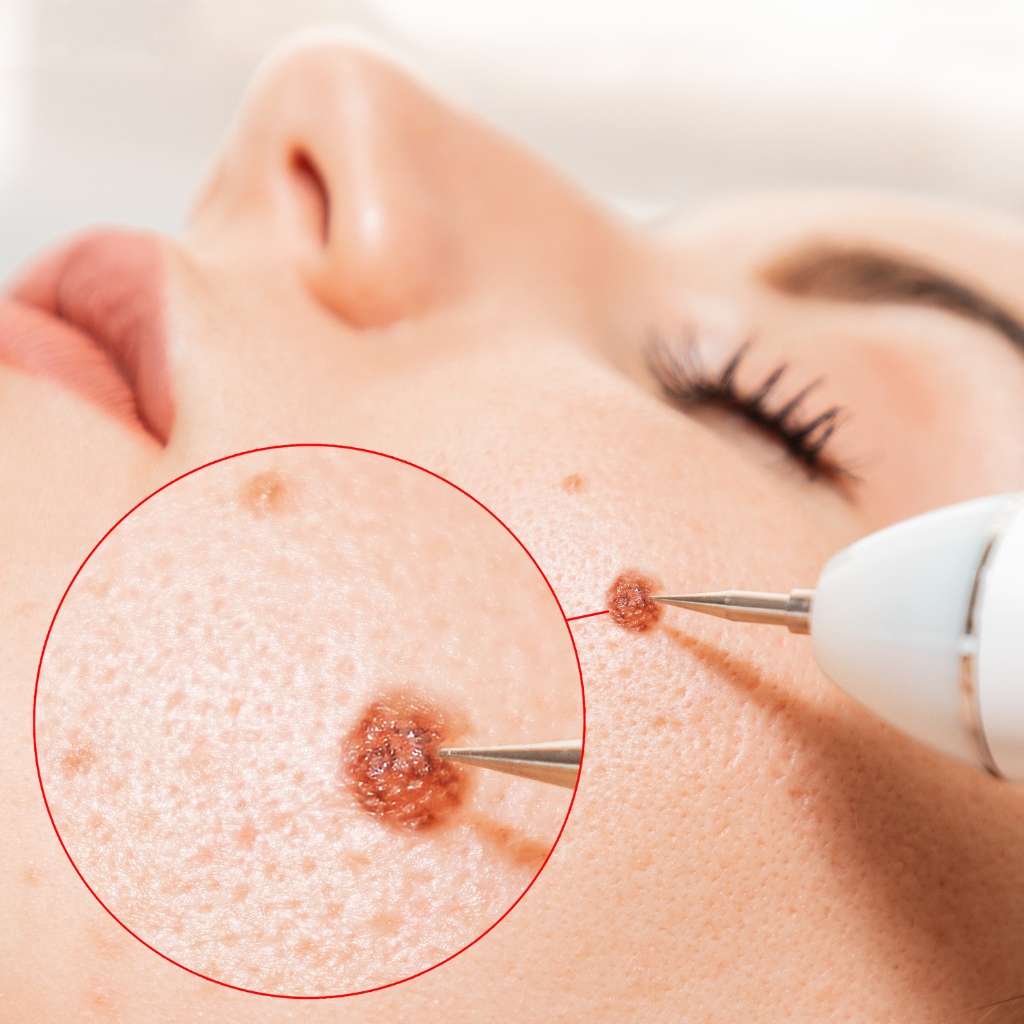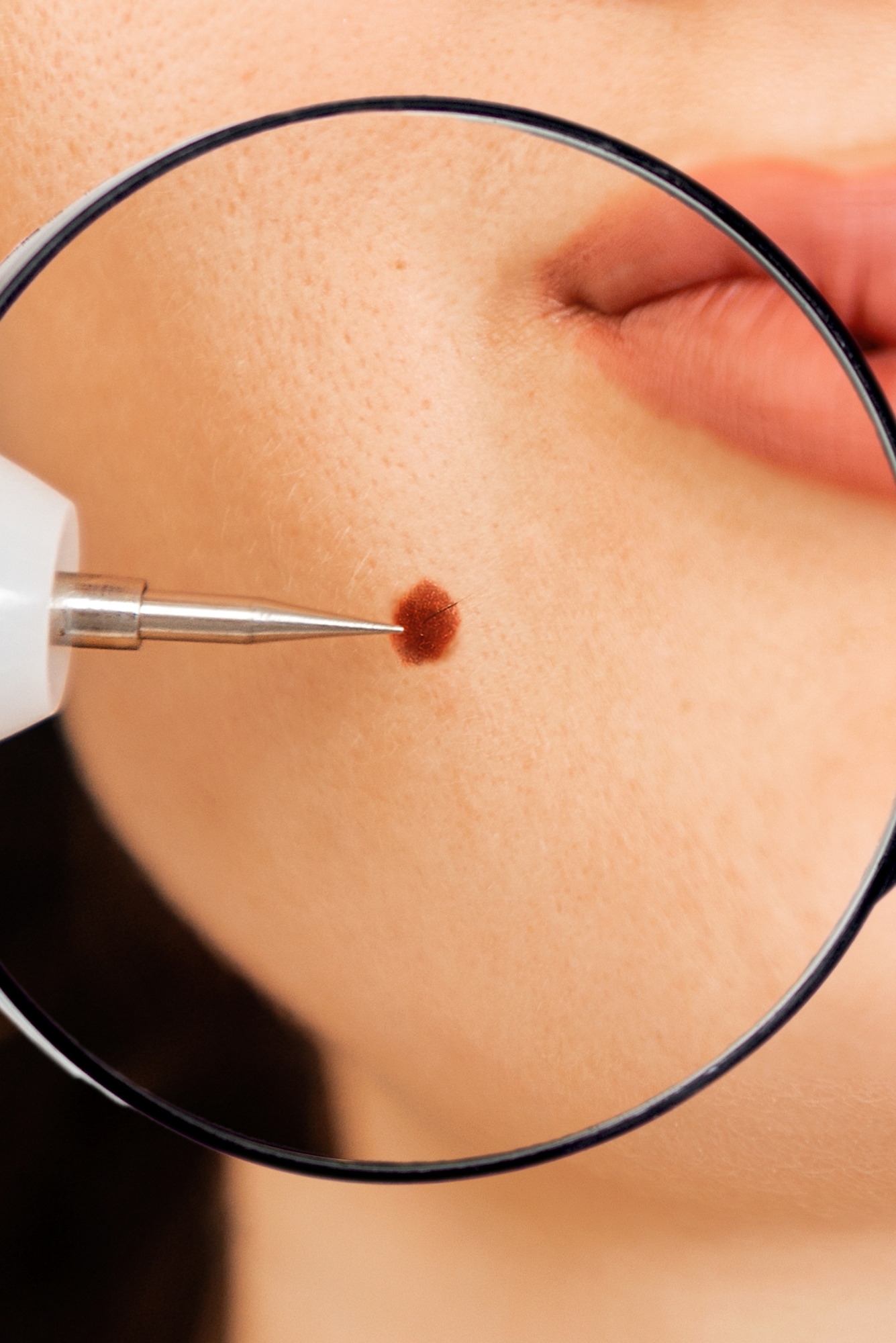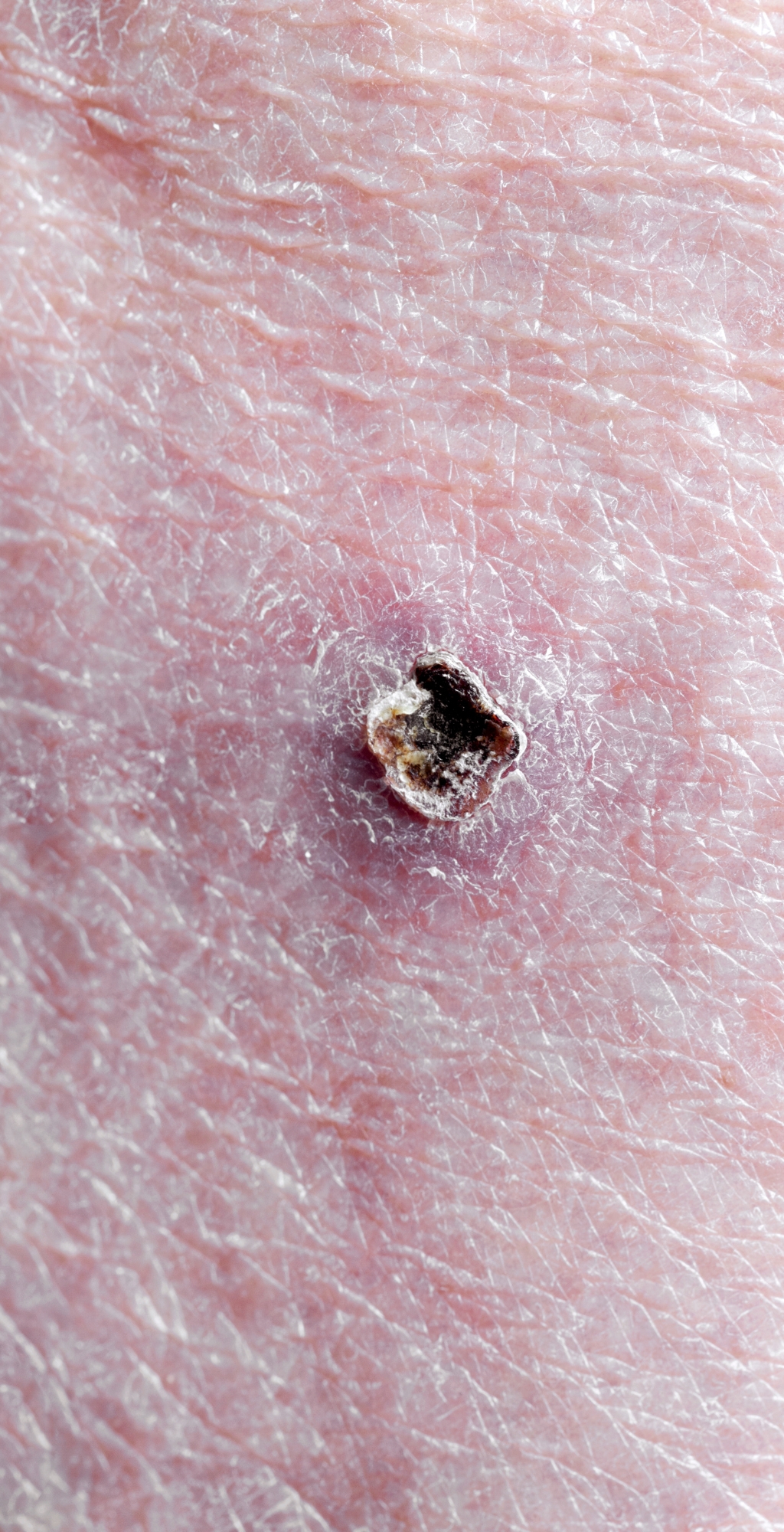Skin Cancer Removal & Reconstruction
- Home
- Skin Cancer Removal & Reconstruction
Skin Cancer Removal & Reconstruction
When to consider a Skin Cancer Removal & Reconstruction?
You should consider skin cancer removal and reconstruction in the following circumstances:
Diagnosis of Skin Cancer
If you have been diagnosed with skin cancer, removal of the cancerous tissue is typically the first and most important step. This can include various types of skin cancers like basal cell carcinoma, squamous cell carcinoma, or melanoma.
After a Biopsy Confirms Cancer
Often, a biopsy is performed to confirm the presence of skin cancer. Once confirmed, the next step is to plan for its removal.
Location and Size of the Cancer
If the skin cancer is located in an area that is cosmetically or functionally sensitive, such as the face, hands, or feet, reconstruction becomes a key consideration after removal.
Type and Stage of Skin Cancer
The approach to removal and reconstruction can vary depending on the type and stage of the skin cancer. More aggressive cancers may require more extensive removal and subsequent reconstruction.

Ultimately, the decision to undergo skin cancer removal and reconstruction is a personal one. During your consultation, Dr. Brandt will assess your unique situation, discuss your options, and guide you towards the most suitable treatment plan to achieve your desired results. He will take into account the type, location, and stage of your skin cancer, as well as your overall health and cosmetic concerns. This personalized approach ensures that both the health and aesthetic aspects of your treatment are considered, aiming for the best possible outcome in terms of cancer removal and post-surgical appearance.
What is a skin cancer removal and reconstruction?
Skin cancer removal and reconstruction is a medical process encompassing the surgical excision of cancerous skin cells followed by restorative procedures. The removal part involves carefully extracting the cancerous tissue, with the technique and extent varying depending on the cancer’s type, size, depth, and location. The most common types of skin cancers addressed include basal cell carcinoma, squamous cell carcinoma, and melanoma. The second part, reconstruction, is crucial, especially when cancer is on cosmetically or functionally sensitive areas like the face or hands. It aims to restore the area’s appearance and functionality as closely as possible to its original state, using methods ranging from simple closures to more advanced techniques like skin grafts or flaps. This dual approach ensures not only the effective treatment of the skin cancer but also focuses on the patient’s aesthetic and functional recovery post-surgery.
Who is a good candidate for a skin cancer removal and reconstruction?
A good candidate for skin cancer removal and reconstruction typically includes:
- Confirmed Diagnosis of Skin Cancer: Individuals who have been diagnosed with skin cancer through a biopsy or clinical assessment, including basal cell carcinoma, squamous cell carcinoma, melanoma, or other types.
- Various Stages of Skin Cancer: Candidates can range from those with early-stage, localized skin cancers to more advanced cases, depending on the type and aggressiveness of the cancer.
- Overall Health: Good candidates are generally in overall good health, without underlying conditions that significantly increase surgical risks.
- Non-Smokers: Smoking can impede wound healing and increase the risk of complications, so non-smokers or those willing to quit smoking are ideal candidates.

Each case of skin cancer is unique, and suitability for removal and reconstruction is best determined through a consultation with a qualified healthcare provider who can evaluate the specific circumstances.
What does a skin cancer removal and reconstruction address?
Skin cancer removal and reconstruction address several key aspects:
- Elimination of Cancerous Cells: The primary goal is to completely remove the skin cancer cells, thereby reducing the risk of cancer spreading or recurring. This is crucial for the patient's overall health and long-term prognosis.
- Preservation of Aesthetics: Particularly when skin cancer is located in visible areas like the face, neck, or hands, reconstruction aims to restore the appearance as much as possible. This can involve minimizing scarring and maintaining the natural lines and contours of the skin.
- Restoration of Functionality: In cases where skin cancer affects areas of functional importance (e.g., around the eyes, mouth, or on the hands), reconstruction focuses on preserving or restoring movement and function.
- Psychological Well-being: By addressing cosmetic concerns and aiming for the best possible aesthetic outcome, the procedure supports the psychological well-being of patients, who might otherwise be self-conscious about scars or disfigurements.
- Customized Treatment: The approach to removal and reconstruction is tailored to the individual's specific type of skin cancer, its location, and the patient's overall health and cosmetic concerns, ensuring a personalized treatment plan.
What does a skin cancer removal and reconstruction not address?
Skin cancer removal and reconstruction specifically focus on treating skin cancer and repairing the affected area post-removal. However, there are certain things they do not address:
- Prevention of New Cancers: This procedure removes existing cancerous cells but does not prevent the formation of new skin cancers elsewhere on the body.
- Internal or Metastatic Cancer: The procedure is localized to the skin and does not address cancer that may have spread internally or to other areas of the body.
- Underlying Genetic Factors: If genetic factors contribute to skin cancer risk, removal and reconstruction do not alter these genetic predispositions.
- Complete Elimination of Scarring: While reconstruction aims to minimize scarring, it may not completely eliminate all scars, especially in cases of extensive cancer removal.


What to expect during recovery from skin cancer removal and reconstruction?
Recovery from skin cancer removal and reconstruction varies depending on the extent and location of the surgery, but generally involves the following:
- Immediate Postoperative Care: Right after surgery, you may have dressings or bandages applied to the surgical sites. If a larger area was reconstructed, a graft or flap might be used, requiring specific care instructions.
- Pain and Discomfort: Some pain, swelling, and discomfort are common, which can usually be managed with prescribed or over-the-counter pain medications.
- Wound Care: Proper wound care is crucial. This may include cleaning the area, applying ointments, and changing dressings as instructed by your surgeon.
- Activity Restrictions: You'll likely be advised to limit physical activities, especially those that could strain the surgical area, for a certain period to ensure proper healing.
- Follow-up Appointments: Regular follow-up visits will be necessary to monitor your healing and remove any sutures. These appointments are also opportunities to address any concerns you might have.
What are the risks of a skin cancer removal and reconstruction?
The risks associated with skin cancer removal and reconstruction, while generally low, can include:
Infection:
As with any surgery, there's a risk of infection at the incision sites.
Bleeding:
There may be some bleeding during or after the surgery.
Scarring
Any surgical procedure will leave some form of scar, although the aim is to minimize and strategically place scars for the least noticeable outcome.
Delayed Healing
Some individuals may experience slower healing due to factors like age, smoking, diabetes, or other health conditions.
Allergic Reactions
There's a potential for allergic reactions to anesthesia or other medications used during the procedure.
Nerve Damage
In rare cases, there could be temporary or permanent nerve damage, affecting sensation or muscle movement, especially in surgeries involving large areas or sensitive locations.
Why choose Dr. Brandt for your skin cancer removal and reconstruction?
Choosing Dr. Brandt for skin cancer removal and reconstruction can be advantageous due to his specialized expertise in these procedures and his use of advanced surgical techniques. His extensive experience, particularly with complex cases, can be crucial for achieving optimal outcomes. Dr. Brandt’s focus on aesthetic results, combined with his patient-centric approach, ensures personalized care tailored to each individual’s needs. Moreover, his professional credentials and positive patient testimonials reinforce his competence and the quality of care he provides. A strong safety record and effective communication skills further contribute to making Dr. Brandt a reliable and trustworthy choice for those seeking comprehensive care in skin cancer treatment and reconstructive surgery.
